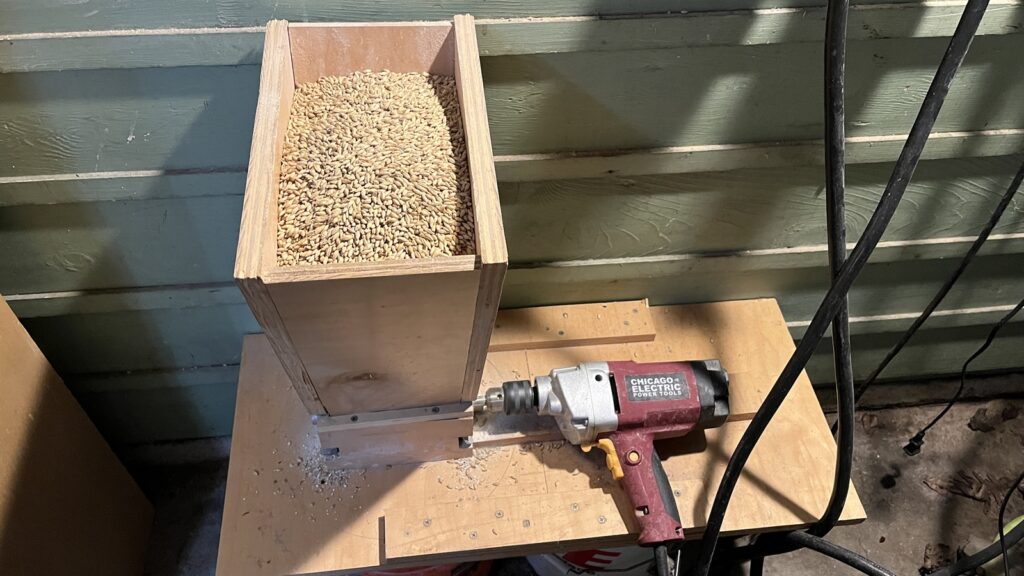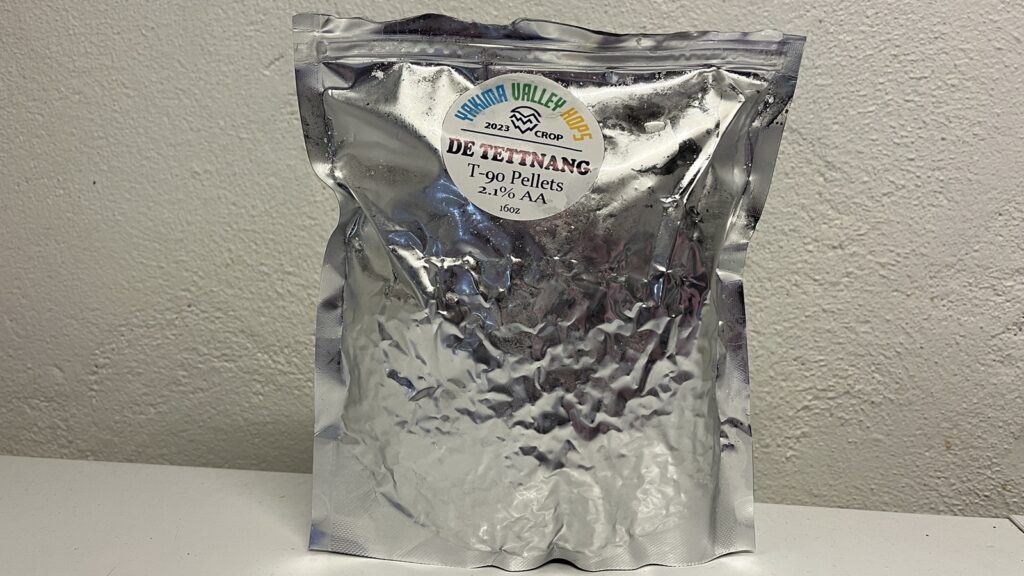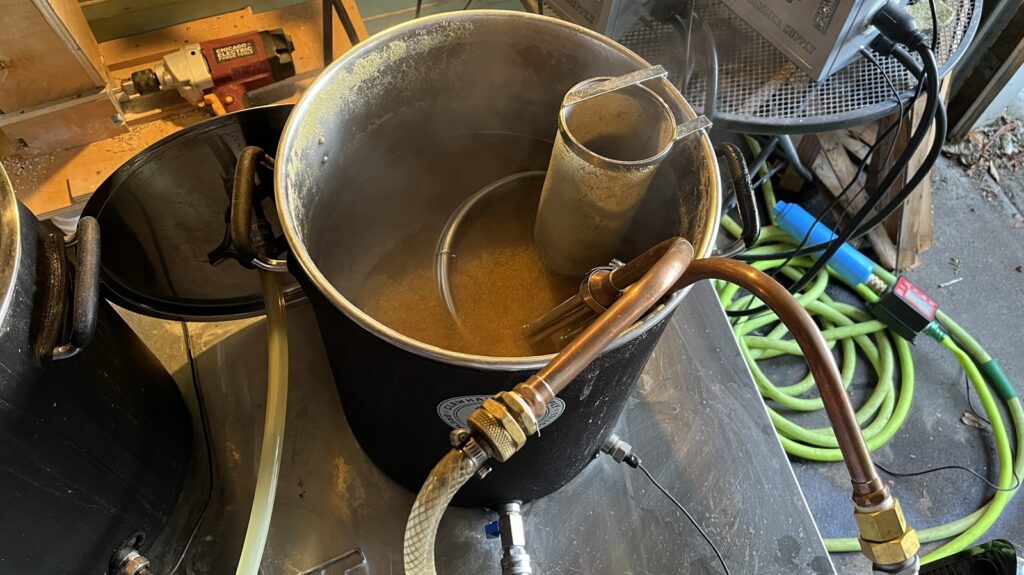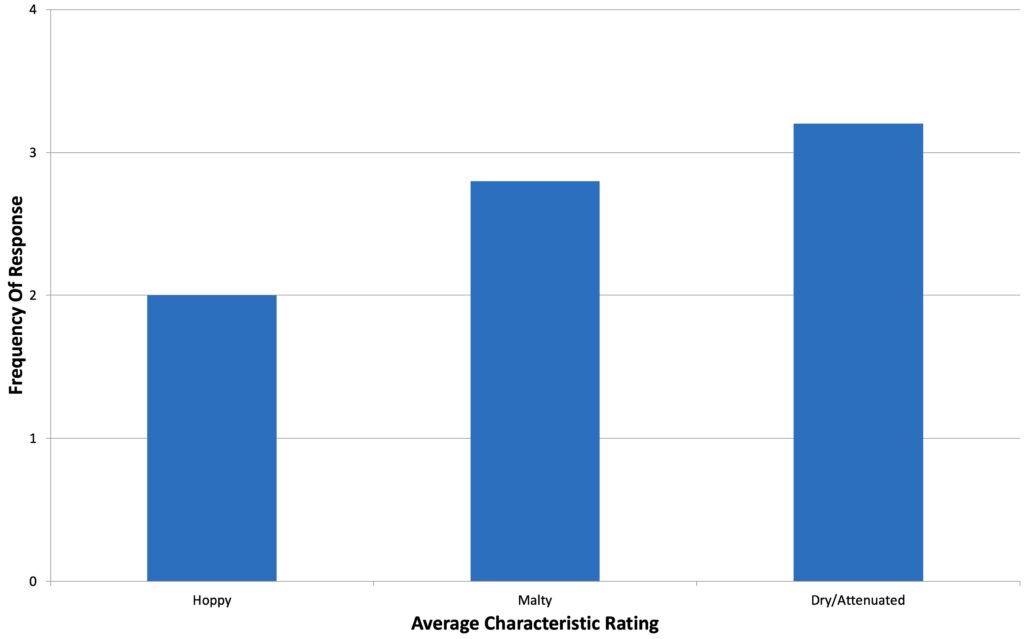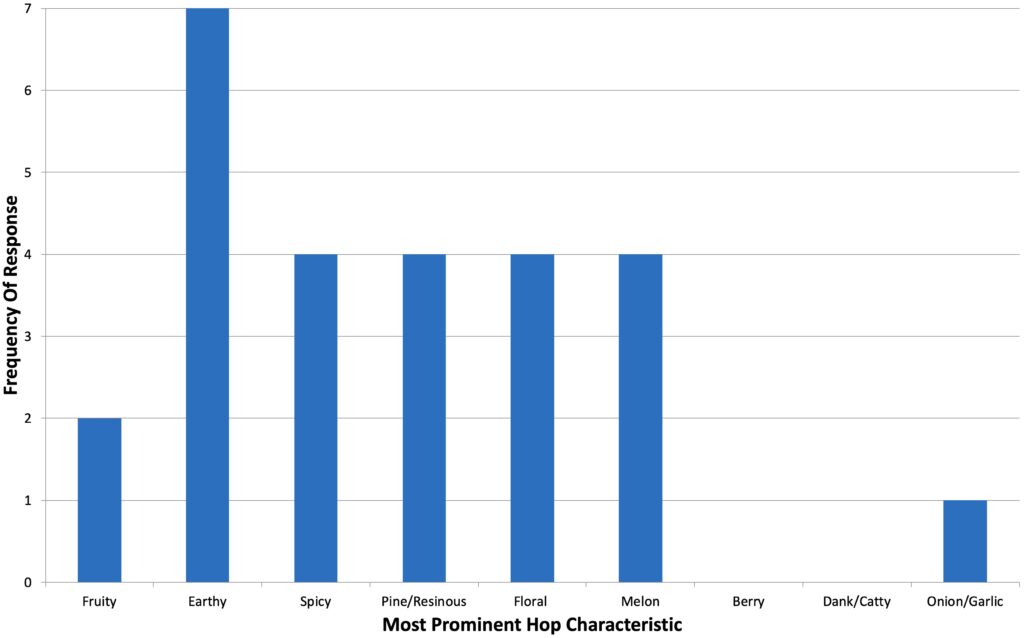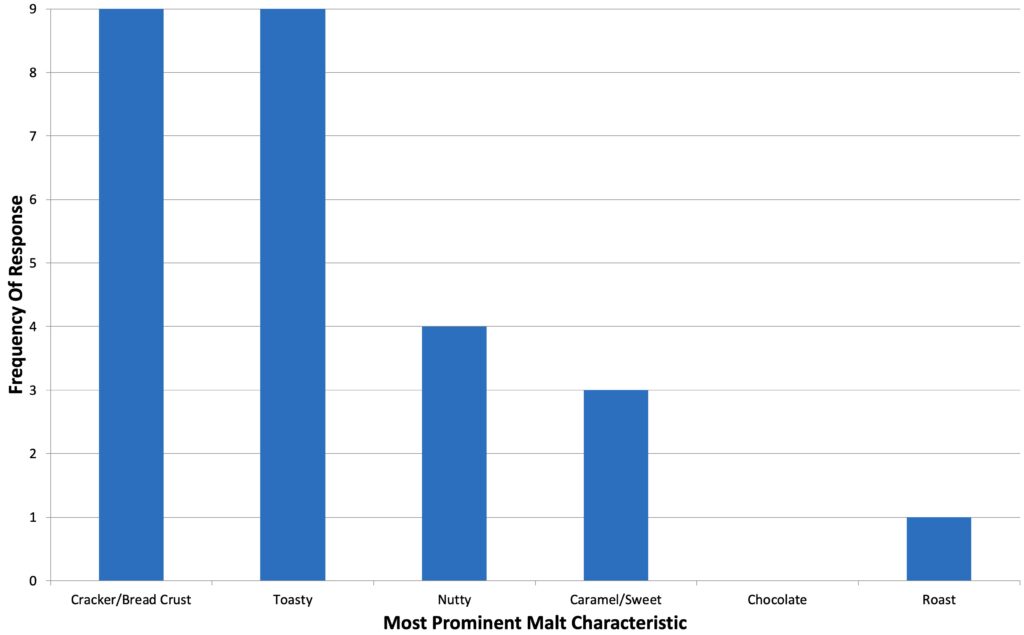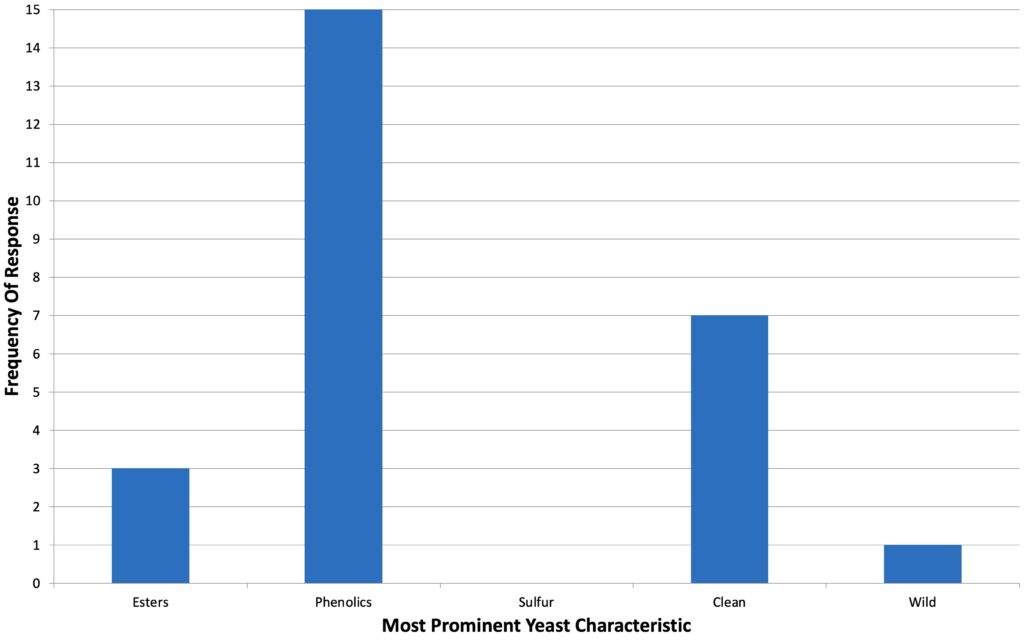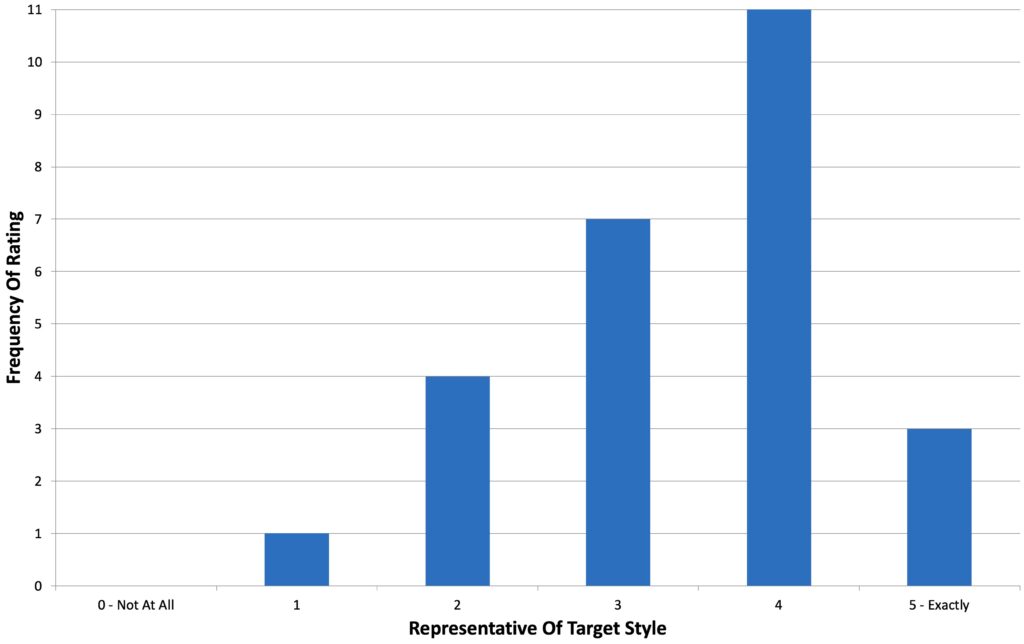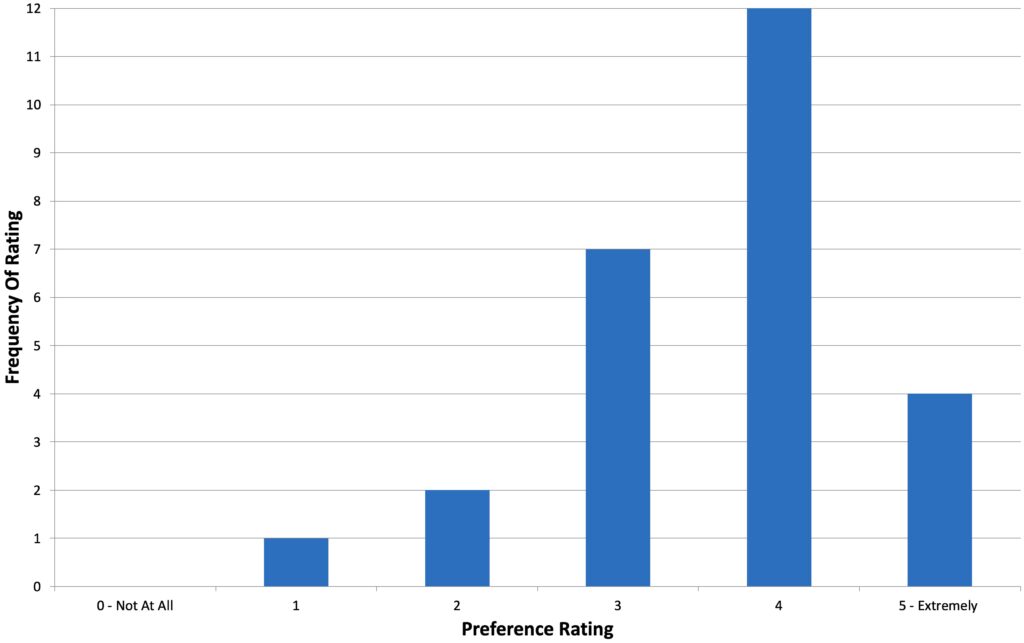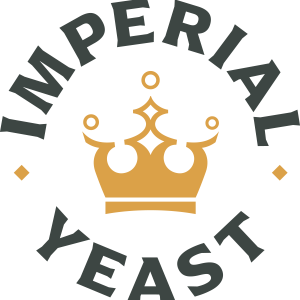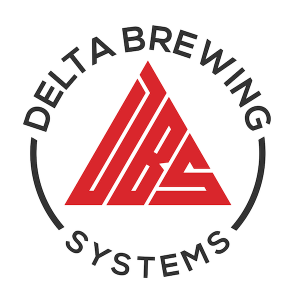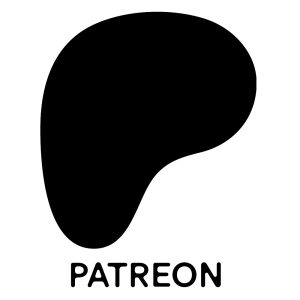Author: Jordan Folks
Similar to what I’ve heard from a handful of other homebrewers, I initially viewed Belgian beer as being rather exotic in that they had unique flavor characteristics compared to the clean lagers and hoppy ales I was familiar with. Over the years, I’ve brewed a variety of different Belgian styles that, while different in their own rights, shared the quintessential Belgian fermentation character along with being dry and malt-forward.
While relatively young compared to classic Trappist ales, the style known as Belgian Pale Ale was purportedly invented in 1904 as a response to the growing popularity of imported British ale and European lagers. In contrast to its regionally familiar cousins, Belgian Pale Ale possesses minimal spicy phenols while leaning a bit more into fruitier fermentation character, and a slightly higher usage of hops lends more bitterness and flavor. The BJCP provides the following description of the style:
A top-fermented, all malt, average strength Belgian ale that is moderately bitter, not dry-hopped, and without strong flavors. The copper-colored beer lacks the aggressive yeast character or sourness of many Belgian beers, but has a well-balanced, malty, fruity, and often bready and toasty profile.
I’ve been aware of this style for years, but I’d never had the opportunity to try one, which I’m wont to believe is likely a function of unfamiliarity rather than dislike. Either way, in my research, which consisted mostly of reading the BJCP style guidelines, it occurred to me the yeasts used to make Belgian Pale Ale produce low phenols; I didn’t have anything like this in my brewery, but I was confident I could employ certain methods using another Belgian yeast stain that would suppress phenol development. Since I was already making this concession, I opted to go full-on Short & Shoddy for my first Belgian Pale Ale.
| BREWING THE BEER |
I based this recipe largely on my interpretation of the BJCP style guidelines using ingredients I had on hand. Thanks to F.H. Steinbart for hooking me up with the malt for this batch!
Short & Shoddy Belgian Pale Ale
Recipe Details
| Batch Size | Boil Time | IBU | SRM | Est. OG | Est. FG | ABV |
|---|---|---|---|---|---|---|
| 5.3 gal | 30 min | 22.4 | 7.5 SRM | 1.047 | 1.008 | 5.12 % |
| Actuals | 1.047 | 1.008 | 5.12 % | |||
Fermentables
| Name | Amount | % |
|---|---|---|
| Pilsner | 9 lbs | 63.16 |
| Barke Munich Malt | 5.25 lbs | 36.84 |
Hops
| Name | Amount | Time | Use | Form | Alpha % |
|---|---|---|---|---|---|
| Tettnang | 64 g | 30 min | Boil | Pellet | 1.7 |
| Tettnang | 85 g | 20 min | Boil | Pellet | 1.7 |
Yeast
| Name | Lab | Attenuation | Temperature |
|---|---|---|---|
| Rustic (B56) | Imperial Yeast | 76% | 68°F - 80.1°F |
| Global (L13) | Imperial Yeast | 77% | 46°F - 55.9°F |
Notes
| Water Profile: Ca 58 | Mg 4 | Na 10 | SO4 80 | Cl 40 |
Download
| Download this recipe's BeerXML file |
I technically started this batch the night before brewing by collecting the water, which I adjusted to my desired mineral profile. At 10:08 AM the following morning, I flipped the switch on my Clawhammer Supply 240v controller to get the water heating up before milling the grain.
When the water was properly heated, I stirred in the grist then checked to make sure it was at my target mash temperature.
I then prepared the kettle hop additions.
Following the abbreviated 30 minute mash rest, the wort was boiled for just 30 minutes, after which I quickly chilled it with my JaDeD Brewing SS Coil HYDRA IC.
A refractometer reading showed the wort was at 1.047 OG, for a rather low brewhouse efficiency of just 48%.
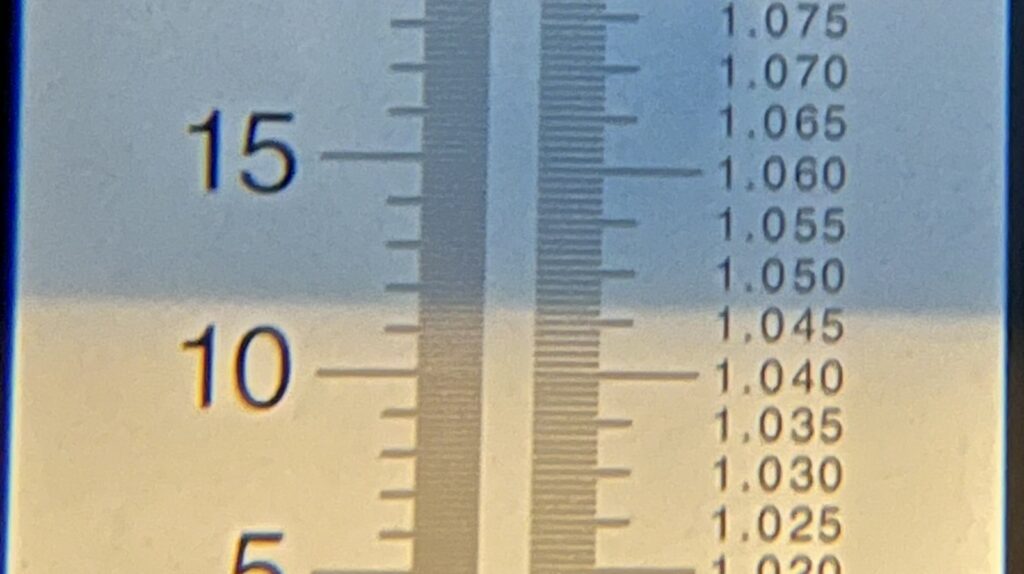
After transferring the chilled wort to a sanitized fermenter, I combined and pitched previously saved slurries of Imperial Yeast B56 Rustic and Imperial Yeast L13 Global, my goal being to keep phenols at bay while still developing some Belgian esters. The time was 12:11 PM for a total brew day duration of just 2 hours and 3 minutes.
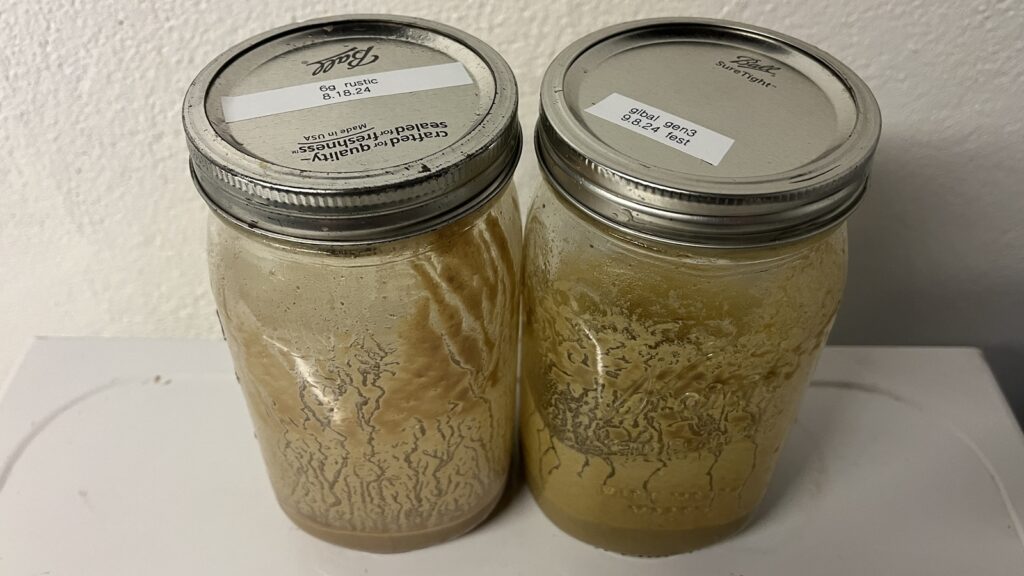
The beer was left to ferment at 65°F/18°C for a week before I took hydrometer measurements indicating FG had been reached.
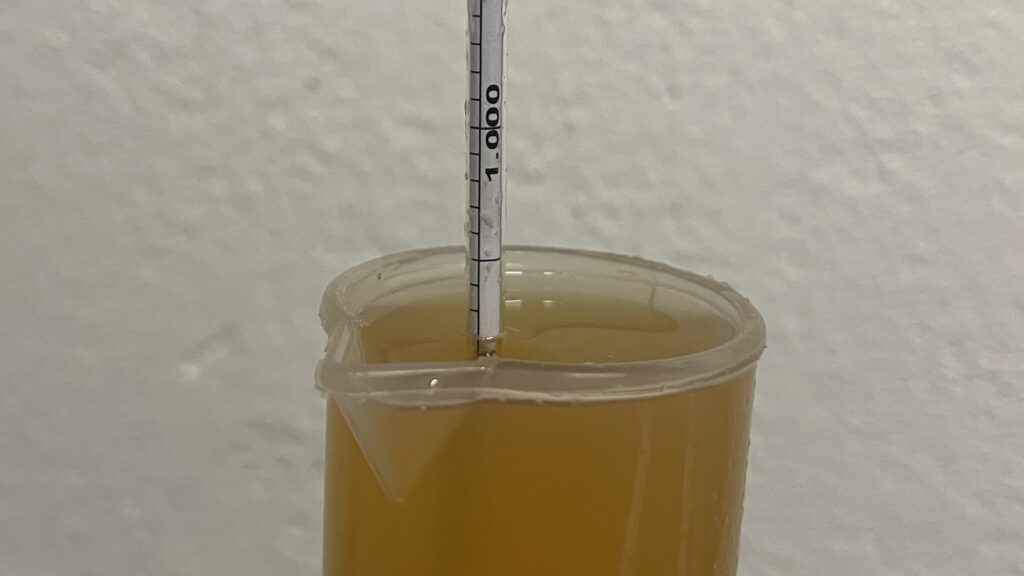
At this point, I cold crashed the beer to 34°F/1°C overnight before transferring it to a serving keg with a dose of gelatin fining. The filled keg was then placed on gas in my keezer where it was allowed to condition for a week before it was ready to serve to tasters.
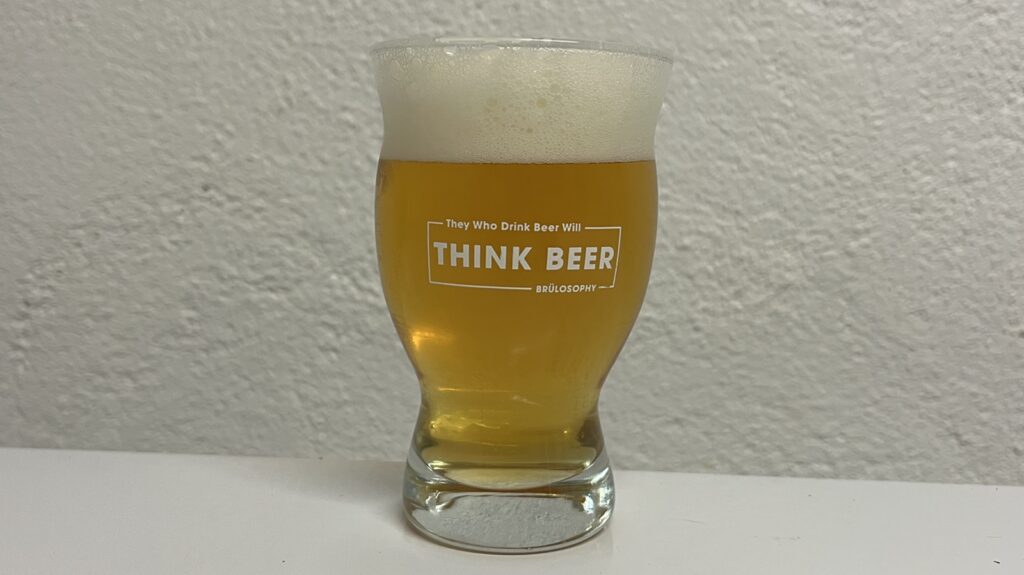
| RESULTS |
A total of 26 people of various levels of experience participated in this Short & Shoddy evaluation. Participants were informed of the specific beer style and provided the BJCP description prior to completing the survey. Tasters were then instructed to rate how hoppy, malty, and dry they perceived the beer to be on a 0-5 scale where a rating of 0 indicated “not at all” and 5 indicated “extremely.”
Tasters were provided a list of common hop, malt, and yeast characteristics then instructed to select from each the one they perceived as being most prominent in the beer.
Hop Characteristics
Malt Characteristics
Yeast Characteristics
Next, participants were asked to indicate whether or not they detected any off-flavors in the beer; those who did were provided a list of common off-flavors and instructed to select the one they perceived as being strongest. Of the 4 tasters who reported perceiving off-flavors, 2 noted astringent while alcoholic, yeasty, estery, and phenolic were each endorsed by 1 person.
Tasters were then asked to rate how well the beer represented the intended style, based on the provided BJCP description, on a 0-5 scale where 0 meant “not at all” and 5 meant “exactly.”
Finally, tasters were asked to rate how much they enjoyed the beer on a 0-5 scale where 0 indicated not at all and 5 indicated extremely.
My Impressions: While I felt this Short & Shoddy Belgian Pale Ale hit the mark in terms of hop and malt character, and it was appropriately dry, the fermentation-derived flavors were bit stronger than I’d hoped, making it taste more like a Saison. That’s not to say it wasn’t a refreshing and enjoyable beer, I like drinking it quite a bit, I just don’t feel it was the best representation of the target style.
| CONCLUSION |
Ask any astute beer drinker or brewer to describe Belgian ale, and most will likely refer to the fermentation character using terms like “fruity” and “spicy” with some commenting on the funky and sour nature of certain regional styles. Hoppy and clean are definitely not terms typically associated with Belgian ale, though there is one exception. Developed in the early 20th century, Belgian Pale Ale can be viewed as a sort of mashup of classic Belgian ale with common British ale where phenols are restrained in favor of more fruity esters, and it also possesses a touch more hop bitterness and flavor.
While it’s not for being particularly difficult to brew, most would agree Belgian Pale Ale should be made using a standard set of methods. Interestingly, a majority of tasters of this Short & Shoddy version not only felt it was a solid representation of the style, but seemed to enjoy drinking it as well. That said, the most endorsed fermentation characteristic was phenolics, which goes against the style description, and indicates my plan to reduce phenols by pitching a classic Belgian strain alongside a clean lager strain while fermenting cool did not work as expected. Still, of the 26 tasters, just 4 reported perceiving off-flavors, and there was little consistency between them.
Right around the time this beer was ready to serve, I had the opportunity try a fresh example of PALM Spéciale Belge Ale, which presented quite a bit differently than my Short & Shoddy batch. While the hop and malt profile were similar, mine had an unquestionable phenol character that was absent in the PALM, which was notably cleaner. As enjoyable as this Short & Shoddy Belgian Pale Ale was to drink, I wouldn’t agree that it was a great representation of the style and will definitely be using a different yeast strain in future batches.
If you have thoughts about this Short & Shoddy brew, please feel free to share it in the comments section below!
Support Brülosophy In Style!
All designs are available in various colors and sizes on Amazon!
Follow Brülosophy on:
FACEBOOK | TWITTER | INSTAGRAM
If you enjoy this stuff and feel compelled to support Brulosophy.com, please check out the Support page for details on how you can very easily do so. Thanks!


